 Tuesday, May 8, 2012
Tuesday, May 8, 2012 hands up if you're using twitter ...
 by John Fellows
by John Fellows
On the face of it, local authorities are ideally placed to effectively utilise the full potential of social media. They’re not just customer focussed organisations. They take their authority from the public, directly, as we’ve just seen across the UK last week. An effective council should be a listening organisation acting on the needs and wishes of its public, not just broadcasting to them.
Social media can be more than just firing out links to the latest press release, it can be a monitoring tool for public bodies as well as one for communicating directly with those with a stake in your organisation.
As part of my work into achieving a CIPR Diploma – something I’d recommend to all communications professionals – I recently carried out some research into the use of social media, and in particular Twitter, by Scottish local authorities. The results of my research show that while there are some councils which use best practice in using social media as a tool for two-way communication, the reality is that the use of social media by local authorities in Scotland is patchy and underdeveloped.
Which Scottish Local Authorities engage in two-way communication through their use of Twitter?
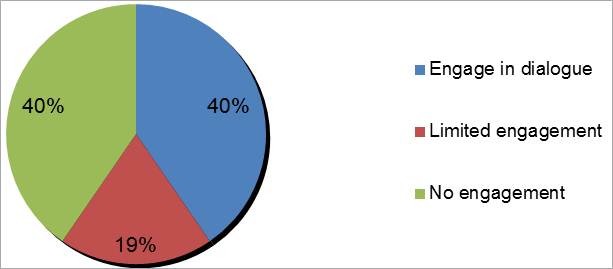
My analysis showed that 40 percent (13 out of 32) of Scottish Local Authorities don’t use Twitter to engage with their followers at all, although an equal number (13 councils) engaged with other users by both sharing and/or forwarding information, or by engaging directly with other users. The remaining councils usually restricted their engagement by retweeting other council accounts or other related information.
How planned is the use of Twitter by Scottish Councils?
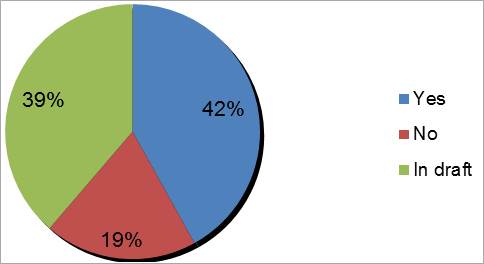 The next question posed was whether local authorities had a social media policy strategy or plan. While some had a plan for its use, most simply rely on a HR/IT focussed policy for use of social media at work by all council staff, or that social media communications were incorporated into the overall communications plan or strategy. A large number had plans for introducing a policy on social media over the next few months.
The next question posed was whether local authorities had a social media policy strategy or plan. While some had a plan for its use, most simply rely on a HR/IT focussed policy for use of social media at work by all council staff, or that social media communications were incorporated into the overall communications plan or strategy. A large number had plans for introducing a policy on social media over the next few months.
Unfortunately, this finding of unplanned activity is backed up by the fact that only two councils out of the 32 have conducted an evaluation of the operation or effectiveness of their communications through social media.
Despite the rise in the use in social media, and Twitter in particular, amongst the public over the past couple of years, it's clear that this still only plays a supporting role in the communications work of Scottish Local Authorities. With an average of around 3000 followers on Twitter it's easy to see how this tool could be de-prioritised in favour of other channels of communication with a wider and broader reach. This would, however, neglect the real potential that social media tools such as Twitter have for facilitating a real conversation with your followers.
Scottish Councils have started to develop their use of social media, but there’s still much to do before they reach their full potential.
John Fellows is a senior communications professional for a large NDPB.
The full data collected for this project can be found on John's blog here, and John can also be found on Twitter and LinkedIn.










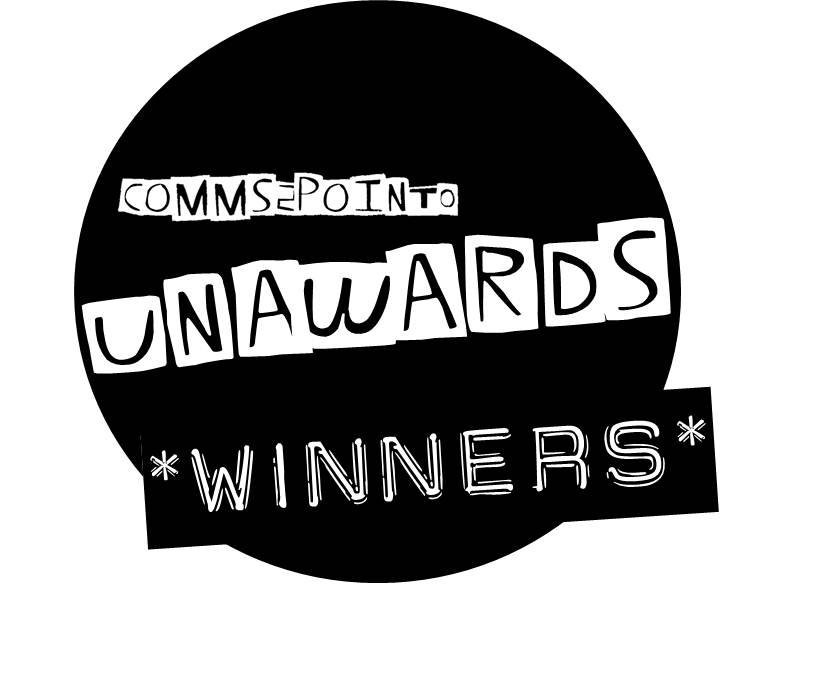
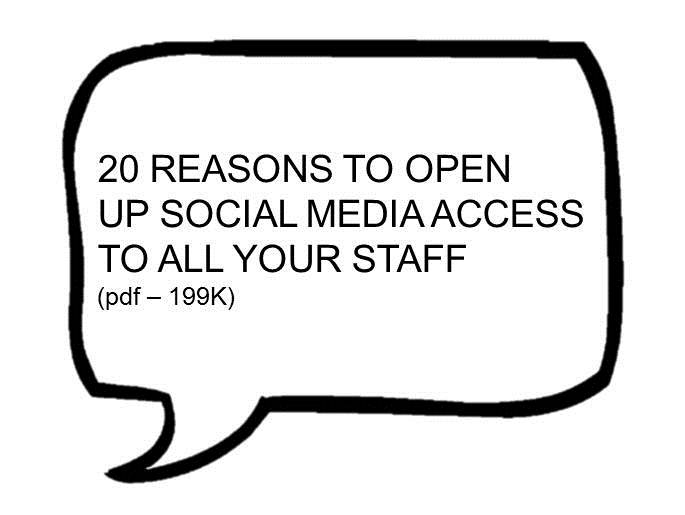

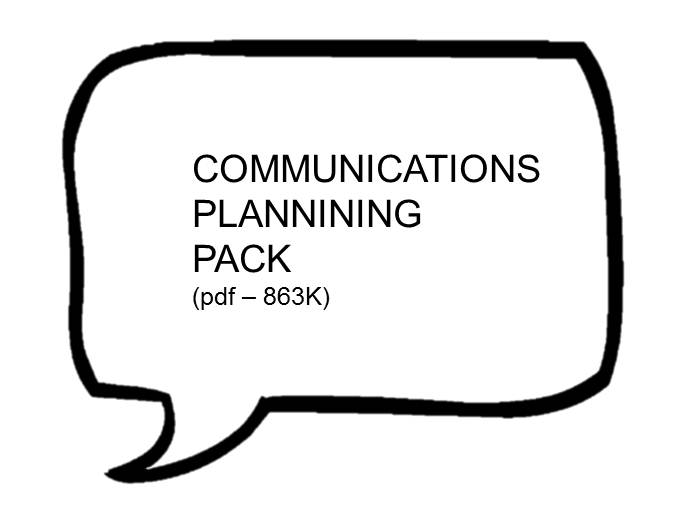

Reader Comments